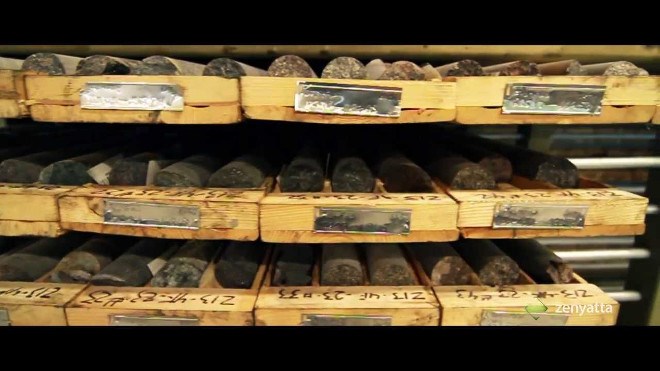Zenyatta Ventures has signed a research collaboration with the University of British Columbia (UBC) and the German Aerospace Centre (Deutsches Zentrum für Luft- und Raumfahrt) to investigate the potential use of Northern Ontario-mined graphite in new composite materials.
The composite development project will be led by Lukas Bichler of UBC Okanagan’s School of Engineering, who called the three-way partnership a “very exciting opportunity” to be involved in the development of next-generation composite materials.
The German Aerospace Centre (DLR) is the national aeronautics and space research centre of the Federal Republic of Germany.
“UBC researchers have established a partnership with DLR, which seeks to provide unique educational and research opportunities for future engineers,” said Bichler in an Oct. 15 news release.
“Also, the partners bring together Canadian and European industry partners and allow effective technology transfer and rapid innovation.”
Zenyatta’s main asset is its high-grade Albany Graphite Project, just north of the Trans-Canada Highway near the communities of Constance Lake First Nation and Hearst. The project hosts a large deposit of highly crystalline graphite.
“This model of collaboration between Zenyatta, potential end users, like DLR, matched with research partners, like Dr. Bichler, can lead to exciting new inventions. It is a model that we will endeavor to repeat with other end users and university researchers,” said Francis Dubé, Zenyatta’s Co-CEO and head of business development and technology, in a statement.
Separately, Zenyatta is working with UBC on a graphene oxide fuel additive. Research has found that graphene oxide can improve fuel economy by 7.5 per cent, and potentially reduce emissions by 8 per cent, while increasing power by 10 per cent.
Combustion engineer Sina Kheirkhah said: “Graphene oxide is a carbon- and oxygen-rich nanomaterial which can potentially increase the combustion rate when added to jet fuel. Graphene-doping also has the potential to boost aircraft propulsive force and increase the power of land-based gas turbines.”




